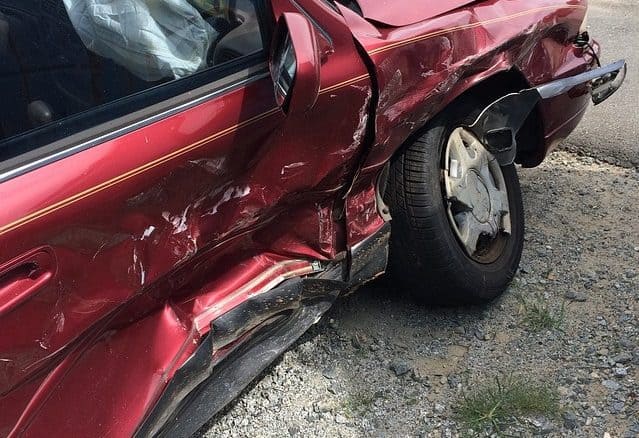Manage Risks Proactively Through an Asbestos Survey

Countless buildings constructed during the 20th century still contain asbestos, a naturally occurring mineral once praised for its fire resistance and versatility. However, asbestos is no longer seen as a miracle material. It is now recognized as a significant health risk when its fibers are disturbed and inhaled. With increasing awareness of the dangers posed by asbestos, organizations and property owners are under more pressure than ever to manage this risk proactively. An asbestos surveyis emerging as one of the most effective tools in staying ahead of the problem, allowing stakeholders to identify and address asbestos-related hazards before they escalate.
This article explains why conducting an asbestos survey is essential for risk management, and outlines the tangible, trending benefits that can result for both individuals and businesses.
Understanding the Importance of Asbestos Surveying
The importance of asbestos surveys has surged in recent years as more data becomes available on the prevalence and risks of asbestos-containing materials (ACMs). According to studies, asbestos still exists in millions of homes, commercial offices, healthcare facilities, factories, and public infrastructure worldwide. Neglecting the potential hazards posed by legacy asbestos can result in regulatory legal issues, unsafe environments, and long-term health complications. Proactively surveying for asbestos is no longer an optional exercise but an integral part of responsible property management and workplace safety.
Key Benefits of a Proactive Asbestos Survey
Early Risk Identification
One of the most impactful advantages of an asbestos survey is early detection. Many ACMs remain hidden within walls, ceilings, pipes, and flooring; their presence is often only discovered during renovations, demolitions, or accidental damage. By conducting a professional survey, property owners and managers gain a detailed assessment of where asbestos is located. This knowledge allows for informed decision-making, reducing the risk of accidental disturbance and exposure.
Statistics consistently show that projects that begin with an asbestos survey encounter far fewer costly interruptions due to emergency remediation or regulatory violations. Proactive identification can be the difference between a controlled abatement and an unexpected, hazardous situation.
Compliance and Legal Protection
Regulations regarding asbestos control continue to tighten globally. Property owners are held responsible for ensuring that asbestos risks are identified and managed, not only to protect occupants but also to meet occupational health and safety requirements. Failing to comply can result in significant fines, legal actions, and reputational damage.
An asbestos survey produces essential documentation, demonstrating a proactive approach to compliance. This not only helps satisfy regulatory bodies but also signals to insurers, investors, tenants, and employees that risk management is a top business priority.
Financial Predictability and Cost Control
While some risks are obvious and easy to prepare for, asbestos is often the proverbial “hidden cost” in property management and redevelopment projects. When undetected, ACMs can cause sudden halts in work, skyrocketing abatement expenses, and unanticipated project delays.
By surveying and documenting asbestos risks up front, organizations can plan for remediation budgets and schedule work more efficiently. This control minimizes unplanned expenditures and enables more accurate cost forecasting across maintenance cycles or major refurbishments. Trending statistics indicate that planned asbestos management lowers costs by up to 40 percent compared to reactive, emergency-based solutions.
Safeguarding Health
The inhalation of airborne asbestos fibers is conclusively linked to life-threatening conditions such as mesothelioma, lung cancer, and asbestosis. These diseases often have a long latency period and present a substantial risk to anyone regularly exposed to unmitigated asbestos in aging infrastructure.






